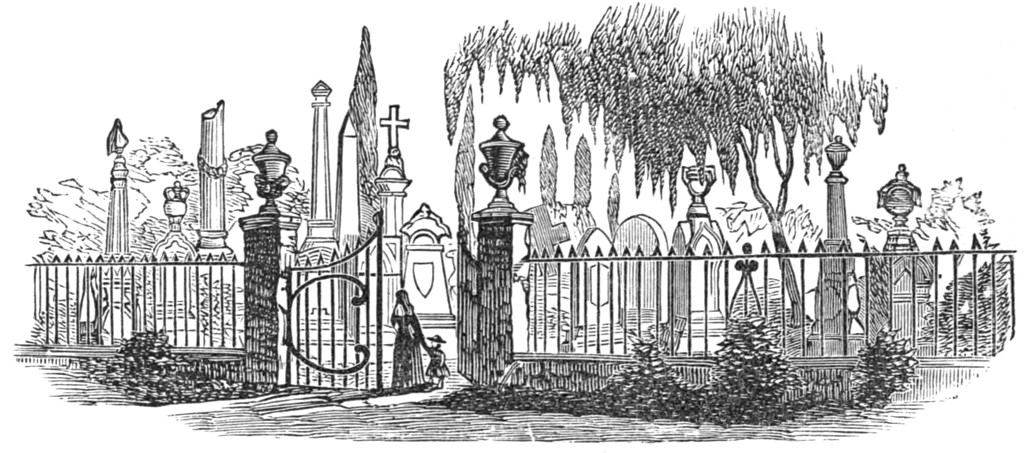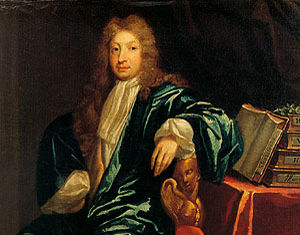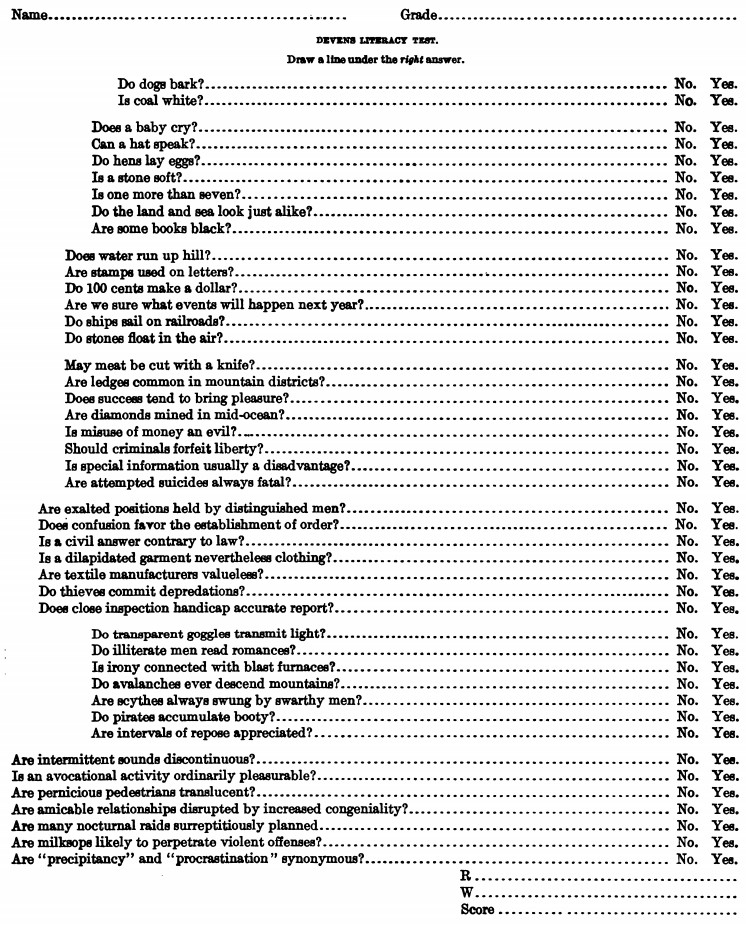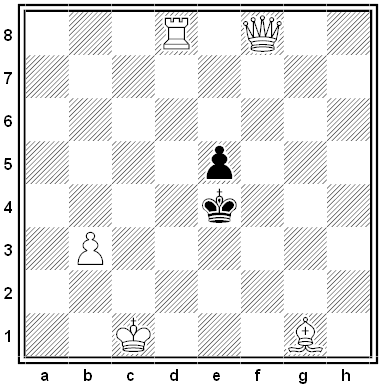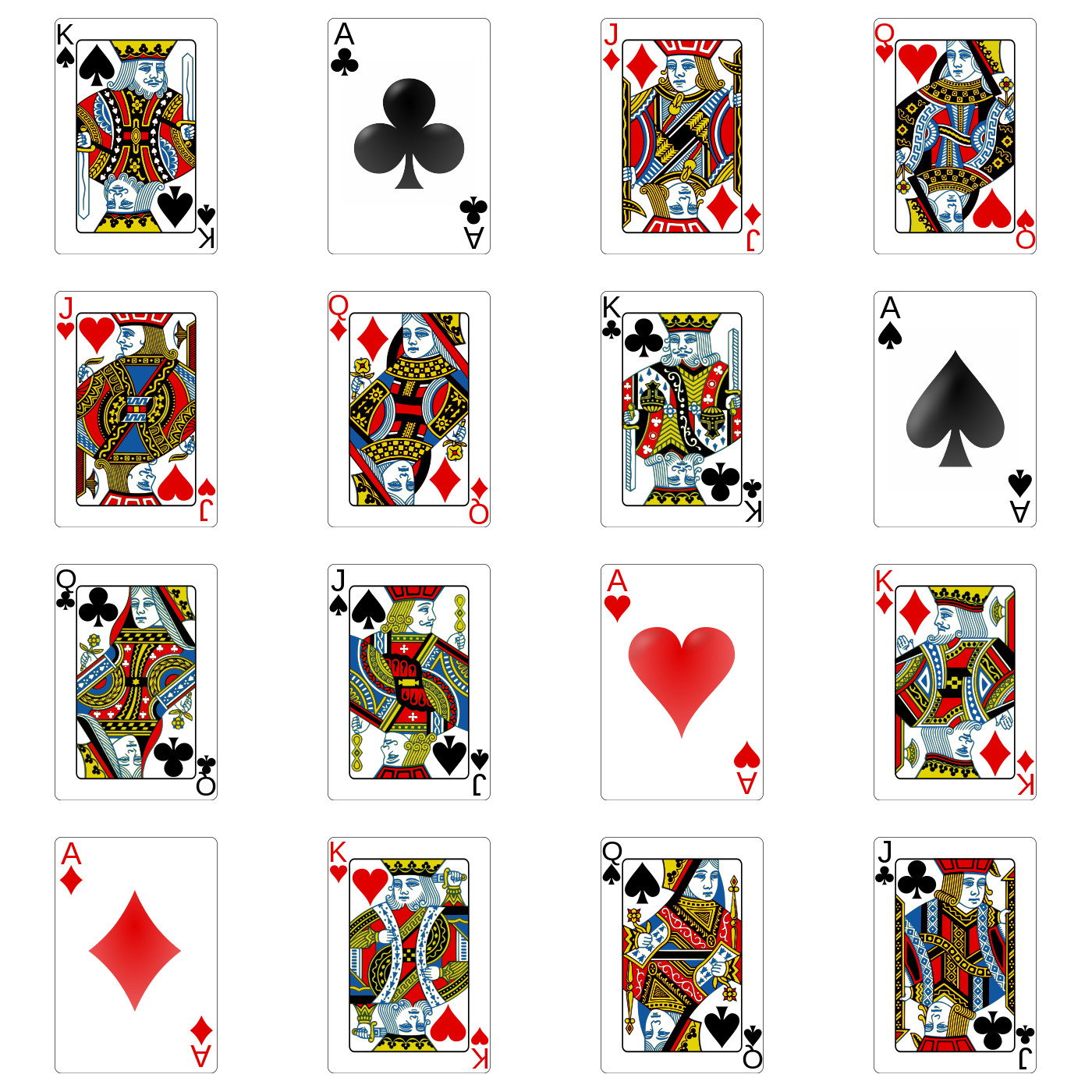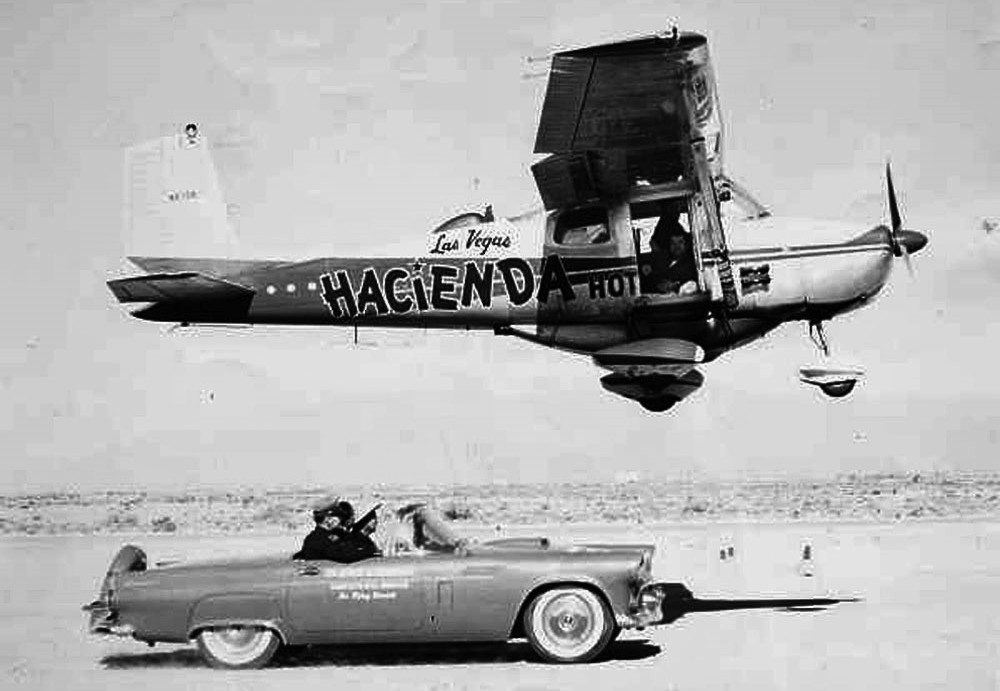In 1894 Sir Francis Galton devised this simple machine to demonstrate the central limit theorem: Beads inserted at the top drop through successive rows of pegs, bouncing left or right as they hit each peg and landing finally in a row of bins at the bottom. Though the path of any given bead can’t be predicted, in the aggregate they form a bell curve. Delighted with this, Galton wrote:
Order in Apparent Chaos: I know of scarcely anything so apt to impress the imagination as the wonderful form of cosmic order expressed by the Law of Frequency of Error. The law would have been personified by the Greeks and deified, if they had known of it. It reigns with serenity and in complete self-effacement amidst the wildest confusion. The huger the mob, and the greater the apparent anarchy, the more perfect is its sway. It is the supreme law of Unreason. Whenever a large sample of chaotic elements are taken in hand and marshalled in the order of their magnitude, an unsuspected and most beautiful form of regularity proves to have been latent all along.

